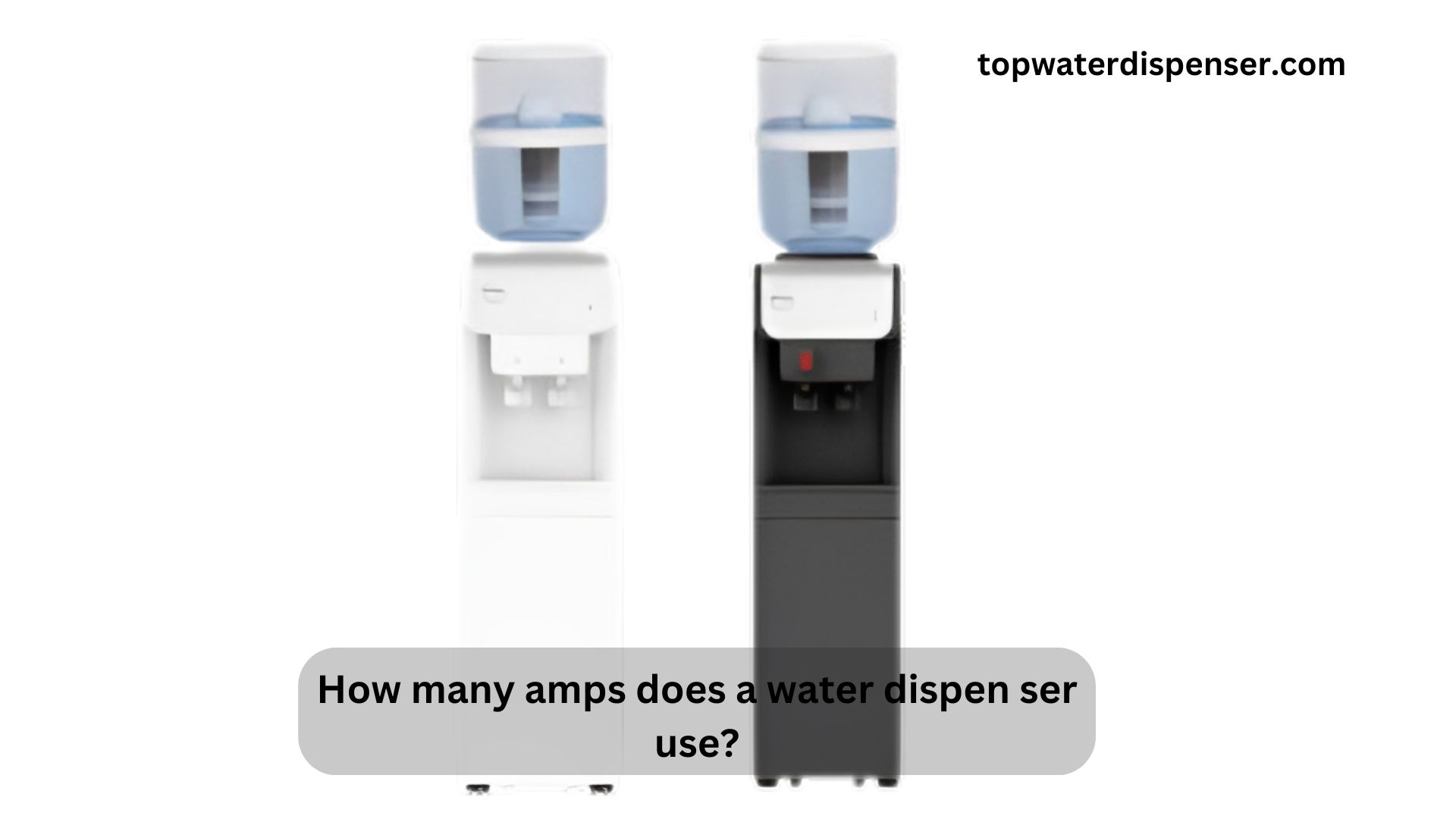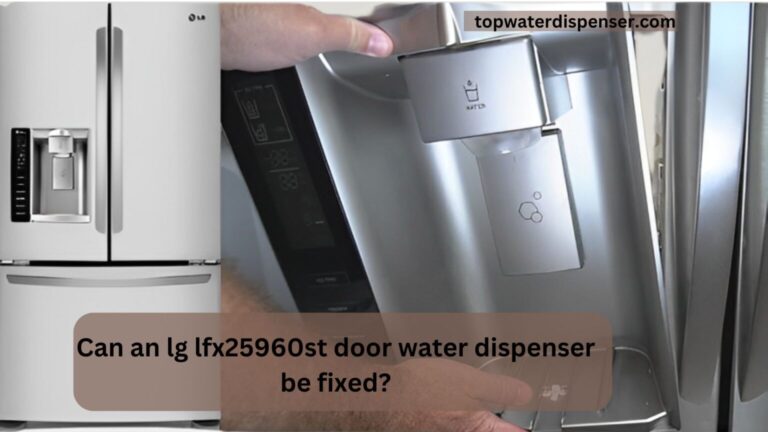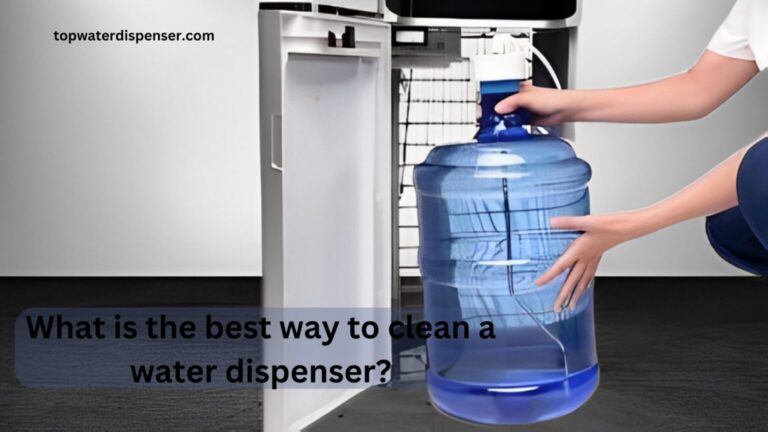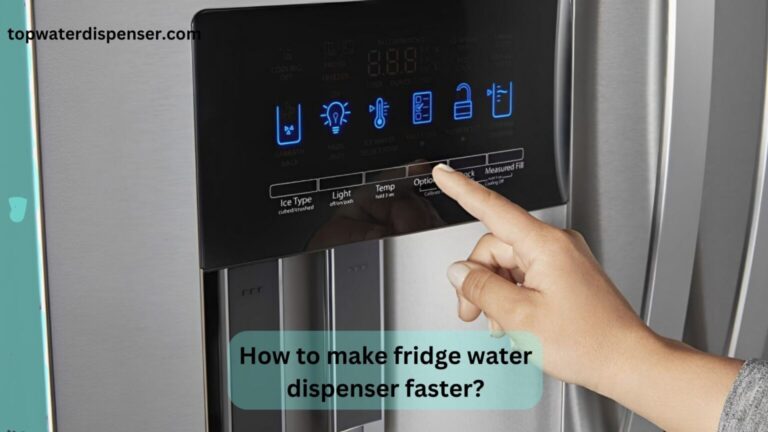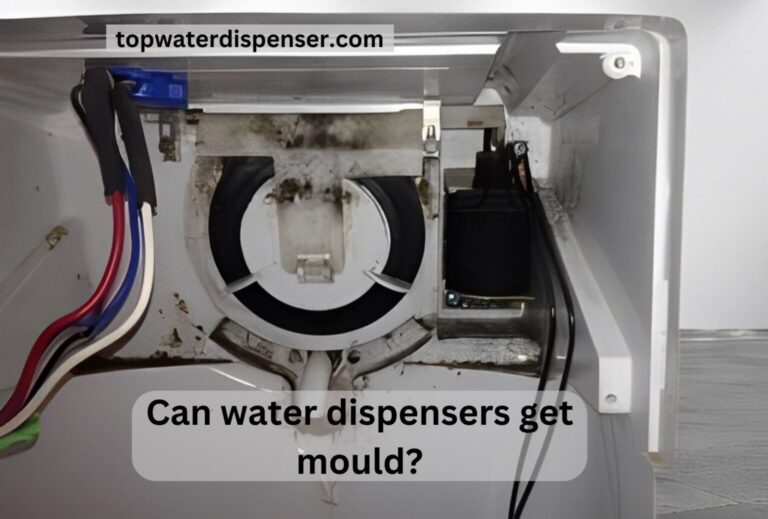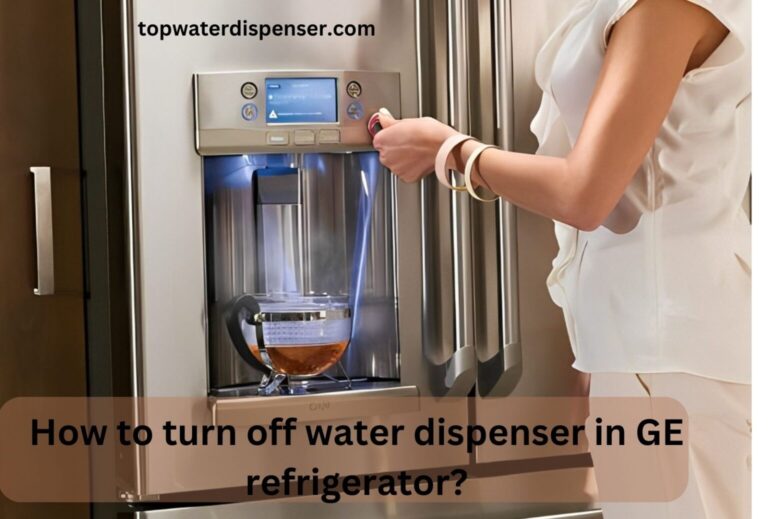How many amps does a water dispen ser use?
How many amps does a water dispenser use? typically draw, posing a daily electrical consumption challenge for users conscious of their energy usage?
Determine the exact amperage of a water dispenser, considering potential energy consumption concerns. Provide insights on optimising usage for efficiency.
Unlock the secrets of water dispenser energy usage – discover how understanding amperage can lead to smarter, more efficient choices. Dive into our article for a comprehensive guide on optimising your appliance for reduced energy consumption.
How many amps does a water dispenser use? (6 Steps Guidance)
For more information about the daily arising questions like How many amps does a water dispenser use? Must read the following.

Understanding the Concept of Amperage in Electrical Appliances
Amperage, or current, measures the flow of electric charge in appliances. Typically, a water dispenser uses between 1.0-1.5 amps. Understanding its amperage can aid in optimizing energy use, leading to more efficient operation and reduced electricity bills.
The Average Amperage of Typical Water Dispensers
The average water dispenser, depending on its model and functionality, typically uses around 1.2 amps. However, energy-efficient models may consume less. Knowing this can help users make informed decisions about their appliance usage to save on electricity costs.
Factors Influencing the Amperage Draw of a Water Dispenser
Several factors influence the amperage draw of a water dispenser, such as its size, functionality, and the frequency of use. Larger dispensers or those with additional features like a hot water option may consume more electricity, increasing the overall amperage draw.
How to Measure the Amperage of Your Water Dispenser
To measure the amperage of your water dispenser, you’ll need an ammeter. Unplug the dispenser, attach the ammeter, then turn on the appliance. The ammeter will display the current draw in amps, helping you understand your dispenser’s energy consumption.
Energy-Efficient Practices
Adopting energy-efficient practices can greatly reduce your dispenser’s electrical consumption. Regular maintenance, turning off when not in use, and choosing a dispenser with energy-saving features are key strategies to lower your energy bills and promote sustainable use of resources.
Choosing a Low-Amp Water Dispenser:
When choosing a low-amp water dispenser, consider its energy rating, additional features, and the size that suits your needs. Opt for energy-efficient models and smart functionality to ensure lower electricity consumption, thus contributing to a sustainable environment and reducing energy costs.
Topics:
More informational topics about, How many amps does a water dispen ser use?
The Role of Voltage in a Water Dispenser’s Power Usage
Voltage plays a pivotal role in a water dispenser’s power usage. It’s the pressure from an electrical circuit that pushes charged electrons (current) through a conducting loop, enabling them to do work like powering a water dispenser. Higher voltage can mean more power consumption, so understanding this can help in energy efficiency.
Energy Consumption of Different Water Dispenser Models
Different models of water dispensers have varying energy consumption rates. Factors such as size, additional features, and the manufacturer’s design can influence the power usage. Energy-efficient models are designed to perform the same functions but consume less electricity, making them an eco-friendly and cost-effective choice.
The Impact of Frequent Use on a Water Dispenser’s Amperage Draw
Frequent use of a water dispenser can increase its amperage draw, leading to higher energy consumption. However, this impact can be moderated by adopting energy-efficient practices and opting for dispensers with power-saving features, thereby optimizing electricity use and reducing costs.
Comparing Energy Efficiency of Various Water Dispenser Brands
Analyzing the energy efficiency of various water dispenser brands is crucial. Brands offer varying power requirements and energy-saving features. Comparing these factors aids in selecting a model that balances optimal performance with lower power consumption, leading to cost-effective and environmentally friendly hydration solutions.
The Influence of External Temperature on a Water Dispenser’s Power Consumption
The external temperature significantly influences a water dispenser’s power consumption. In warmer settings, the dispenser works harder to cool the water, thus increasing energy use. Conversely, in cooler environments, less energy is required. Understanding this helps users position their dispenser optimally for energy efficiency.
Conclusion:
In summary, understanding the question “How many amps does a water dispenser use?” is crucial to optimizing energy efficiency and reducing electricity costs. The amperage typically falls in the range of 1.0-1.5 amps, influenced by factors like model, functionality, and frequency of use. By adopting energy-efficient practices and choosing low-amp water dispensers, users can significantly conserve resources, lower their energy bills, and contribute to a sustainable environment.
FAQs:
People also ask
Yes, a water dispenser can save electricity if it is energy efficient and used appropriately, such as turning off when not in use and performing regular maintenance.
The electric consumption of a water dispenser varies but typically falls between 1.0-1.5 amps. Energy-efficient models and proper usage can significantly reduce electricity usage.
Turning off your water dispenser at night can conserve energy and reduce electricity costs, especially if the dispenser is not in frequent use overnight.
Yes, using a water dispenser can be cost-effective, particularly energy-efficient models, as they optimize water heating and cooling, thus reducing overall electricity consumption.
Yes, a water dispenser is often cheaper to run than a kettle due to its energy-efficient design that optimizes water heating and cooling, leading to reduced power consumption.

